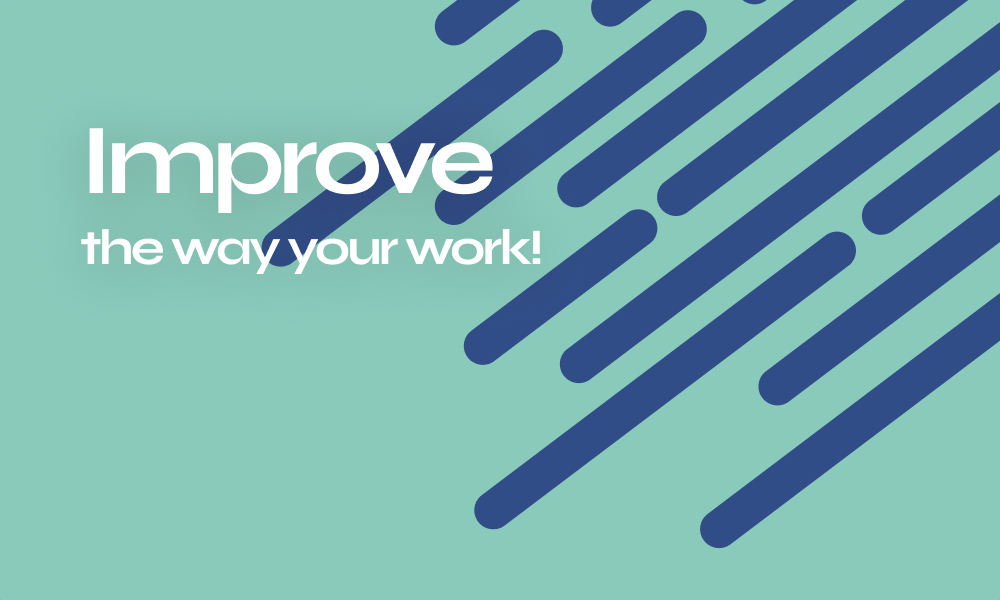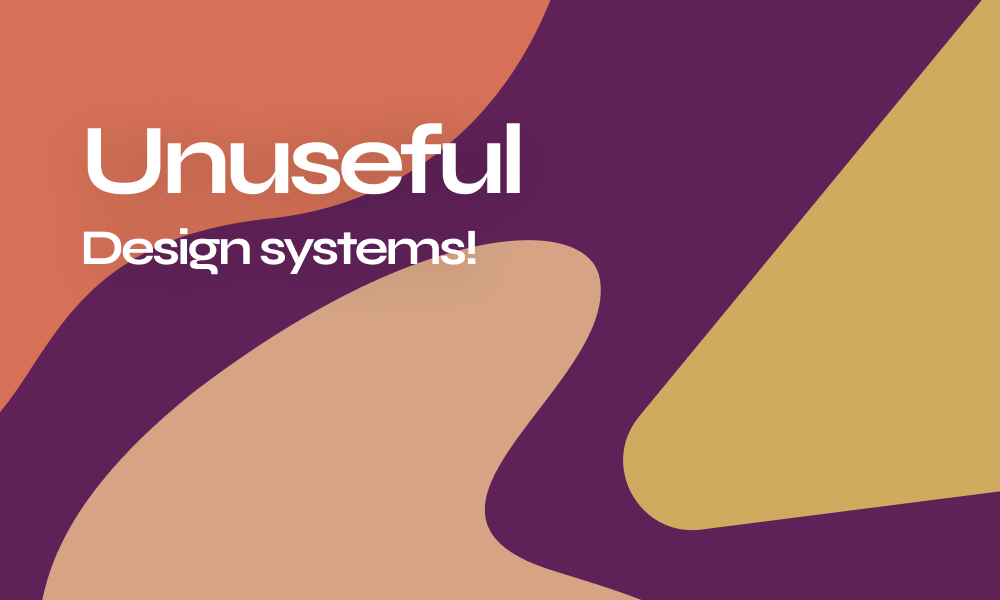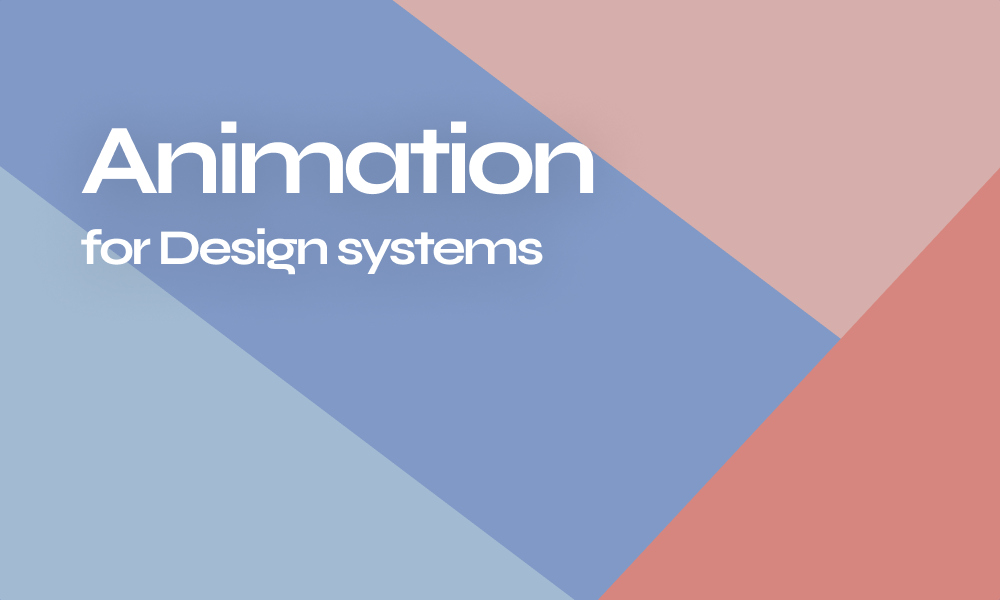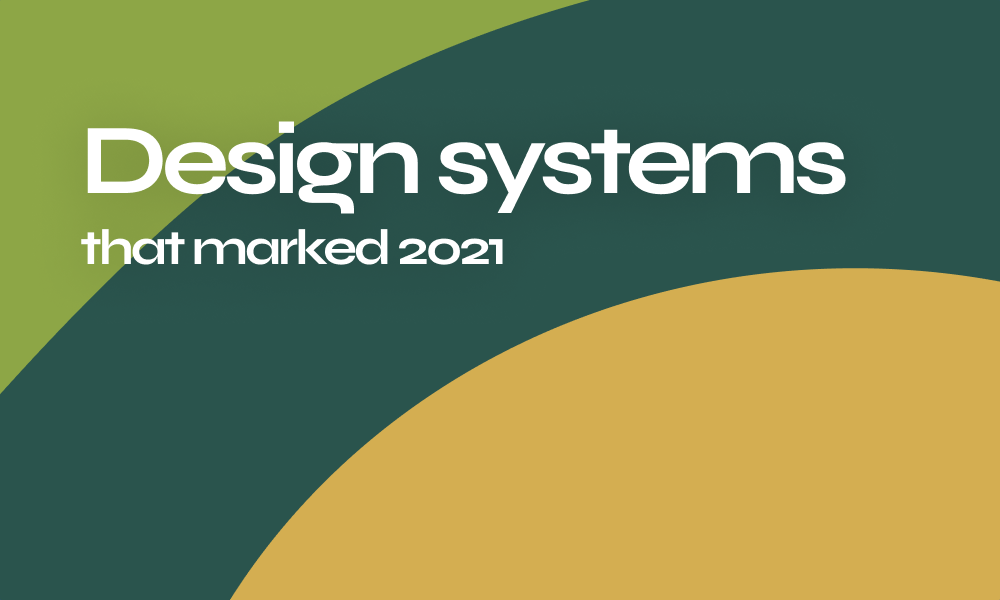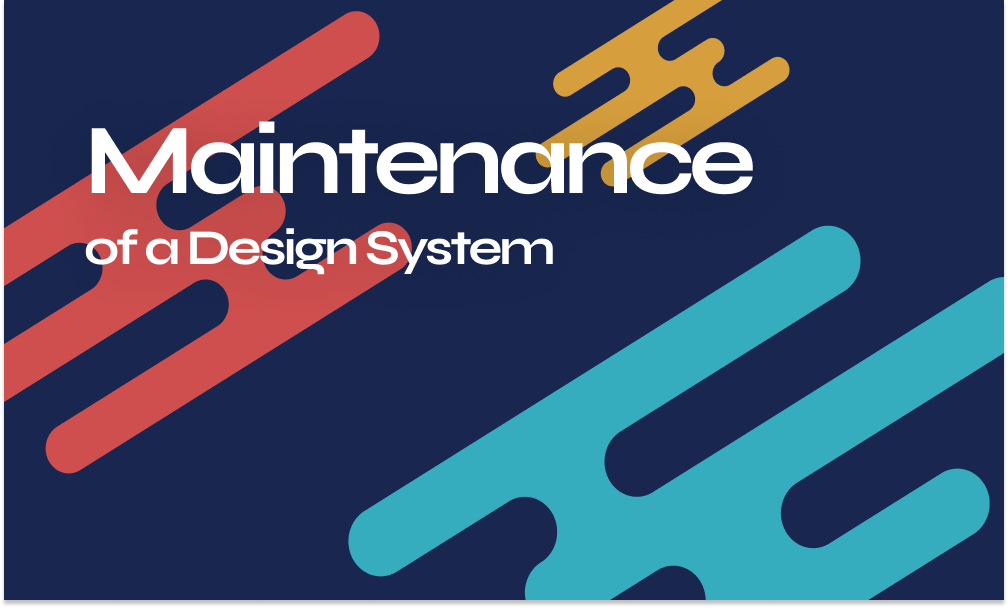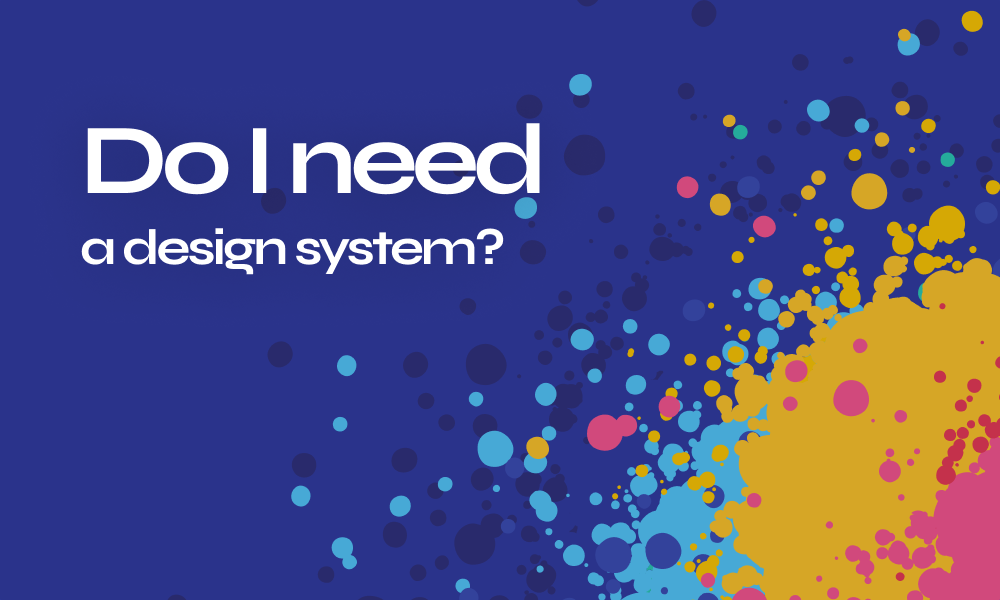
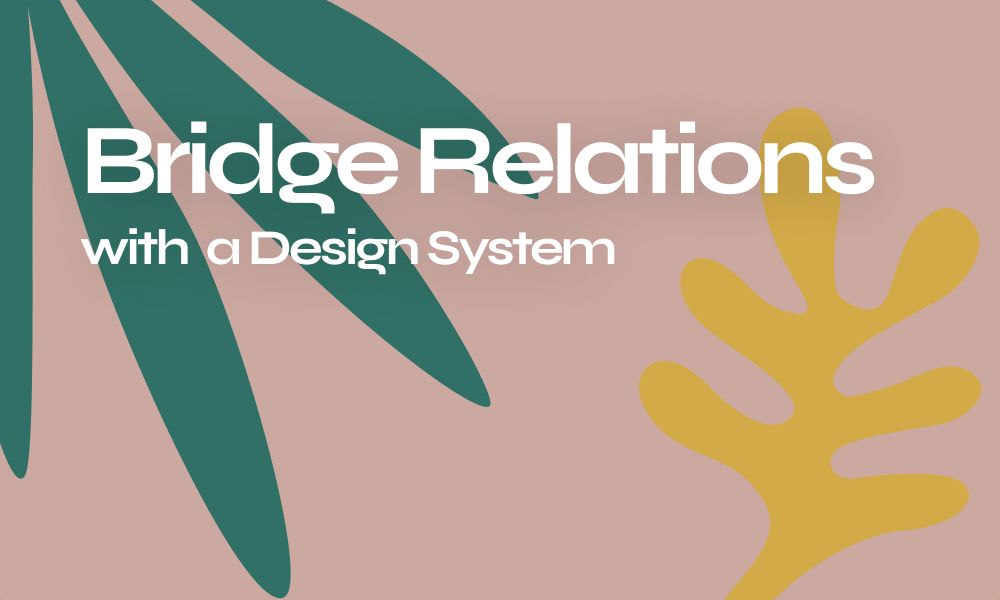
Design systems are made to be useful and nothing less, to serve designers, and to allow individuals to develop reusable components with smart guidelines for building consistently branded designs to be applied in different products. Expectedly, this what any design system owner would mention while pitching his system, as technicalities do count the most! Effective design systems solve boring problems repeatably so that developers and designers can focus on solving innovative problems. But what do you know about relationships built around a design system? This blog is all about how Design Systems contribute to bridging a communicative environment in adaptive organizations?
Common thought about design systems
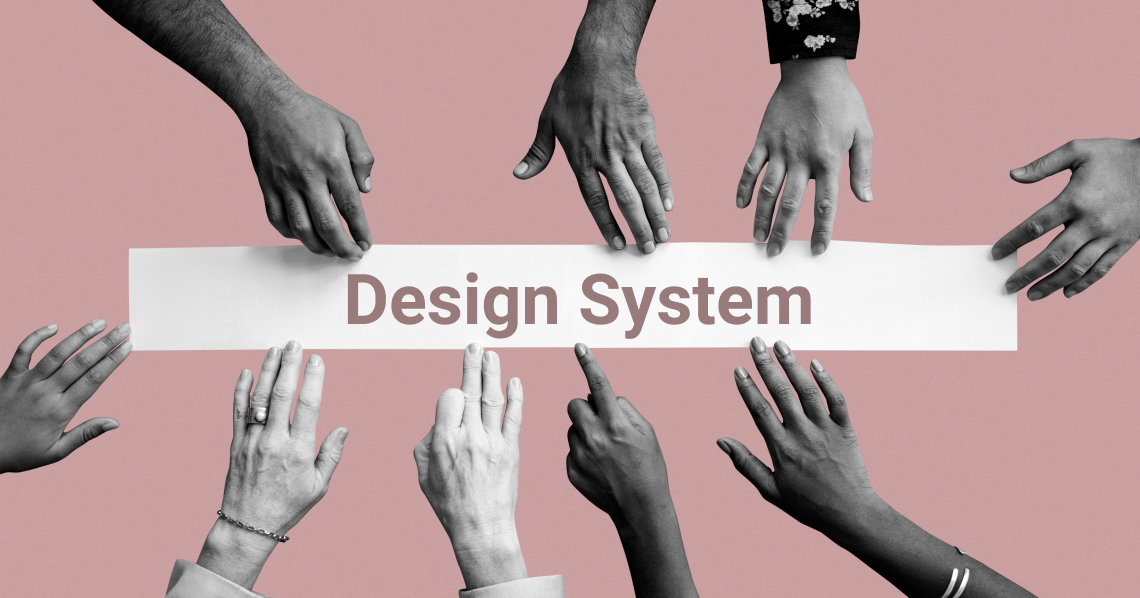
I remember When we first introduced Arsenic Design system concept to our cohort team in a meeting, it was no doubt that we would receive positive, curious and excited reaction from our designers as we are a design-based company owning a UI kits online market. Yet there were numerous questions around the concern that it might over structure relations and create a hierarchy that would limit the designer’s creativity and cause fraction in the “family-like office vibes” we are already having. This first reaction is proven by most organizations that either developed or adapted a design system yet.
Design systems never stopped rocking since their first into in 2018 and 2021 was marked by outstanding Design Systems that lead to believing that design systems aren’t backing off anytime soon. There are multiple interesting studies backing the exploration of such systems, as design systems are meant to empower teams and nothing less!
Design system as a cross-departmental collaboration spaces

A design system is beyond just components, code, or documentation, it is a true bridge to cross-departmental collaboration and relationships of trust & communication between the people involved within the system to use it and contribute to creating its files.
Design systems fundamentally catalyze conversations, fast feedback, and decision-making assets independently of cultural boundaries, time zones and personnel taste of involved teams such
- Different field Designers (UI, graphic, animation, sound design, etc.)
- Front end developers
- Product managers
- Content and copywriter
- CEOs
- etc…
When we built Arsenic design system we paid huge intention to the way the system should keep up and balance with our real-life teamwork and process, and so we thought of building it to enhance Interactions that can vary depending on the typology of design operations exercised within the system and push the creation of the well thought user experience that requires equal parts of technical expertise and soft skills to use it.
By implementing Arsenic Design system, you can improve and fasten up your entire workflow to ensure the use of consistent practices and guidelines every time you design and so optimize iteration in order to gain more space for:
- Team Discussions
- Collecting user Feedbacks at early stages
- Innovation in designs
- Dealing with more projects
- Exploring a wider range of design practices
How Design system create and enhance relations?

Design systems present a huge advantage and opportunity in the design world by the most handful part that it drives the creation of successful designs beyond superficial technicalities offered by normal design tools to a deep learning and growth journey of building relations with users, customers, team members. This is how Design Systems are there to enhance and bridge relations:
- Design systems help teams start from scratch and take rightful decisions with an established single source of truth guidelines that ultimately feed designer thinking and promote knowledge sharing within the team.
- Design systems are geographically unlimited, it enhances overseas work and work from home Communication and provides a space to collaborate as if you are sitting in the same room to gather the whole team around shared goals and practices.
- Design systems help teams identify flaws in the design, especially within UX design practices, discuss them more efficiently and improve internal processes by seeing the bigger pictures and align with customer real needs.
- Design systems help conduct more efficient and faster usability testings which help establish rapid prototyping and avoid hours of meetings
- The design system maintains transparency in different aspects where every change, feedback, and iteration is notified to all team members allowing them to take steps further without wasting time on understanding what is happening.
Conclusion
It is obvious that design systems are there to help you build consistent well thought branded designs, but the hidden gems are in how well it bridges the gap between various roles played in the process and boosts productivity by enhancing the way everyone operates under feedback measures and transparency.
If you are looking for brave initiatives to boost your design-based business and create a powerful digital solution, take Arsenic as your next team player!




